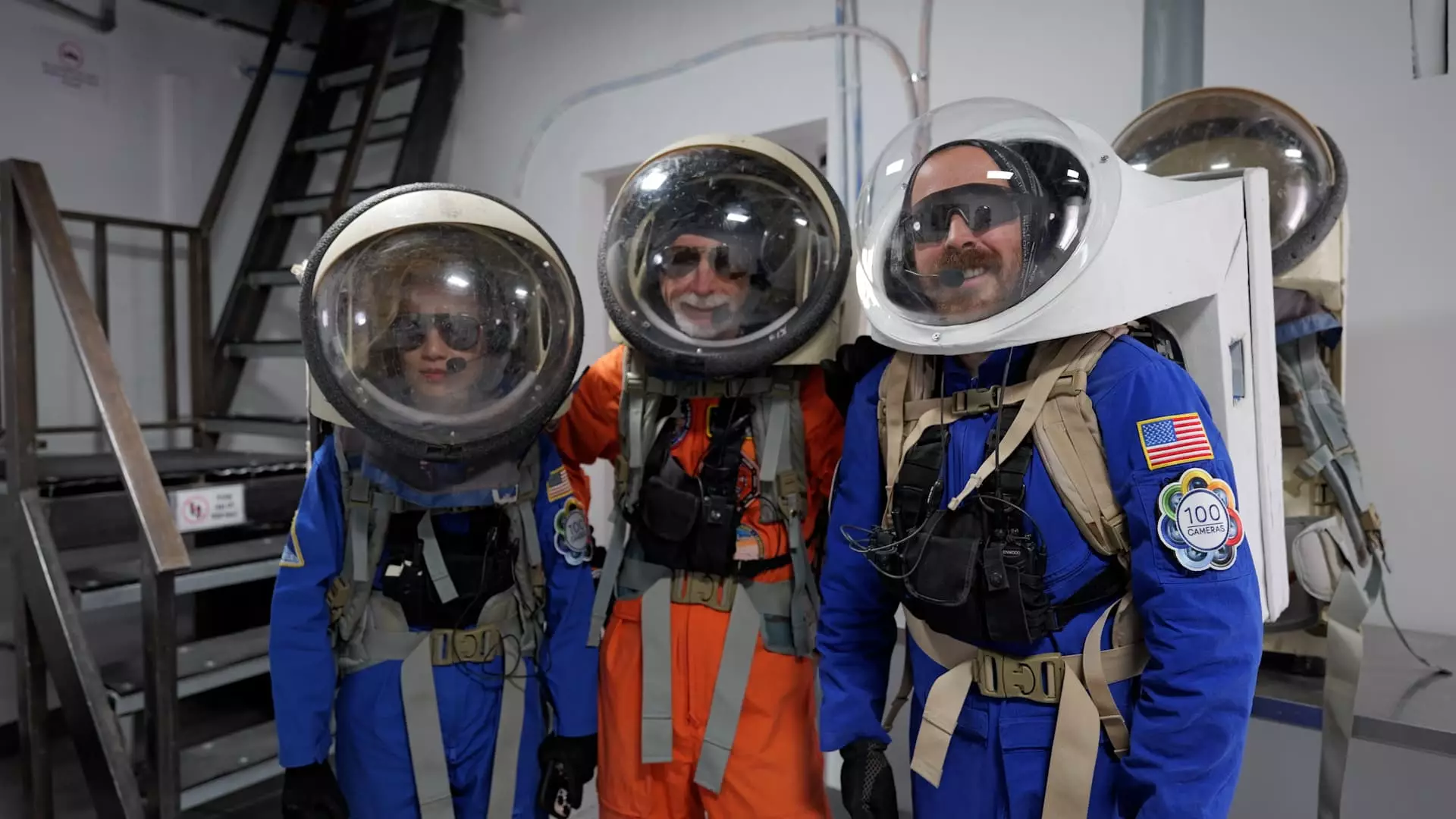In the arid expanses of Utah’s canyons, a small but critical hub for humanity’s interplanetary ambitions quietly operates. The Mars Desert Research Station (MDRS), run by the Mars Society, serves as a vital testing ground for astronauts preparing for extraterrestrial life. While the terrain’s resemblance to Martian landscapes fueled skepticism initially, it has since proven to be an invaluable tool for refining protocols, research procedures, and the daily routines necessary for survival on another planet. This site exemplifies that investing in realistic simulation is crucial for overcoming the unpredictable challenges of Mars colonization, bridging the gap between engineering optimism and practical reality.
Replicating Martian Conditions to Sharpen Human Resilience
The experiences of Crew 315, a team of five individuals spending two weeks in simulated Martian life, highlight the importance of immersive preparation. From early morning strategic meetings to rigorous extravehicular activities (EVAs), the crews are subjected to routines that mirror real Mars missions. These EVAs, involving spacewalk-like activities dressed in full spacesuits, emphasize the physical and mental resilience needed for actual space travel. What stands out is not just the science or engineering involved, but the human element—how individuals adapt, collaborate, and maintain a sense of normalcy in unfamiliar surroundings. These missions are more than exercises; they are tests of human endurance and ingenuity.
Challenging the Myth: Simulations Are Just the Beginning
Despite the optimism surrounding NASA’s and private sector plans for Mars, such as Elon Musk’s prediction of a 2029 landing, the reality remains complex. MDRS simulations reveal that routine tasks—akin to daily chores but with life-or-death stakes—are the true test of a future colonist’s resilience. Crew members acknowledge that adaptation to routines, managing equipment, and maintaining mental health in isolated conditions are among the biggest hurdles. The lower risks here do not diminish their significance: these are the training wheels for larger, more hazardous missions. The lessons learned in Utah could directly influence how future missions are designed, emphasizing that meticulous preparation today fuels the successful colonization of Mars tomorrow.
Transforming Vision into Reality: The Significance of Earth-Based Testing
As technological advancements accelerate and ambitions grow, the importance of terrestrial simulations like MDRS cannot be overstated. They serve as crucibles where human factors, technical systems, and operational protocols are tested and refined. Elon Musk’s bold promise of a Mars landing by 2029 hinges on the success of such preparatory exercises, as they provide critical feedback that mitigates risks and enhances mission design. Realistic simulations also serve to inspire and motivate the next generation of scientists, engineers, and explorers who will eventually undertake these journeys—making the dream of interplanetary human colonization closer than ever before.

